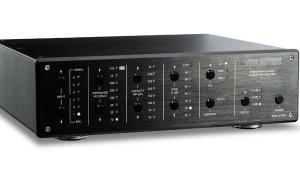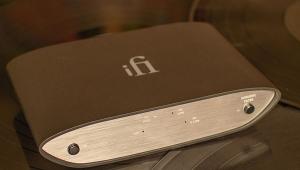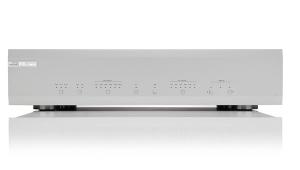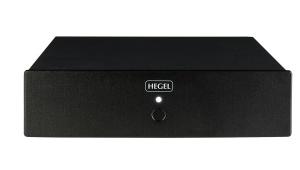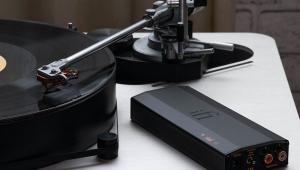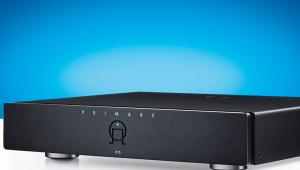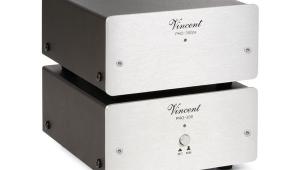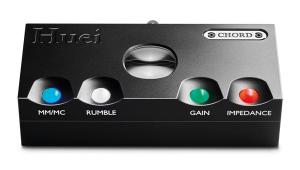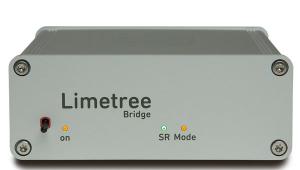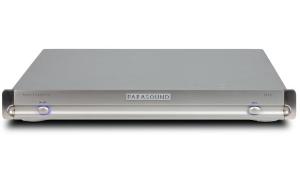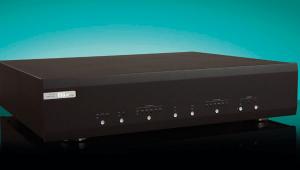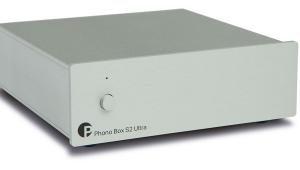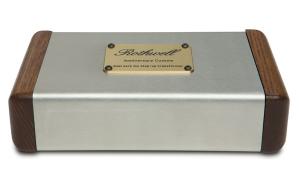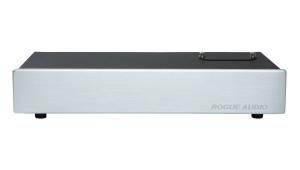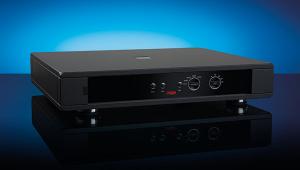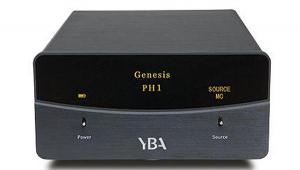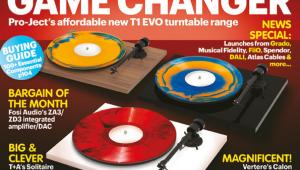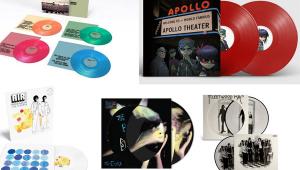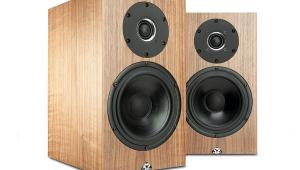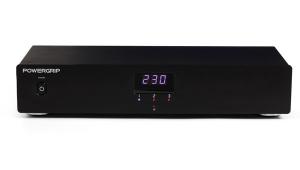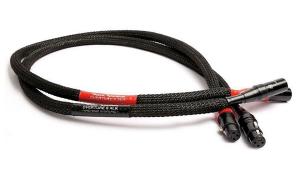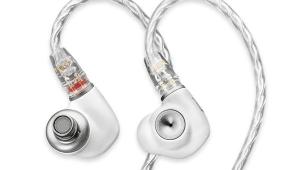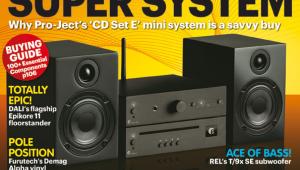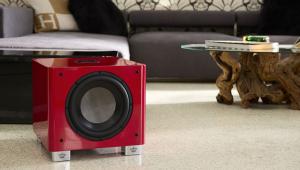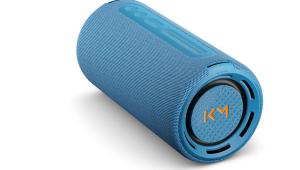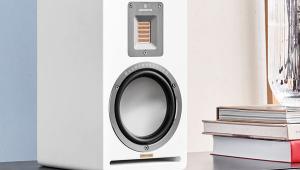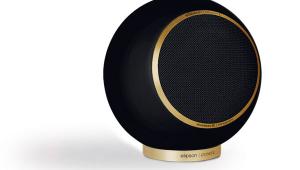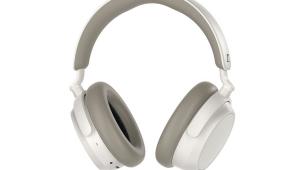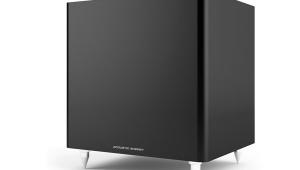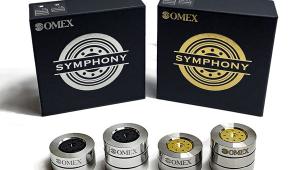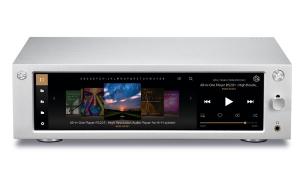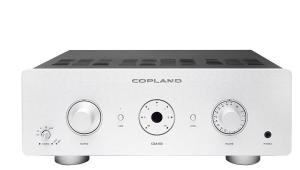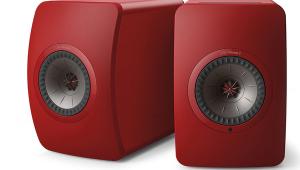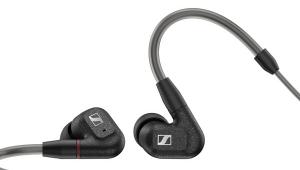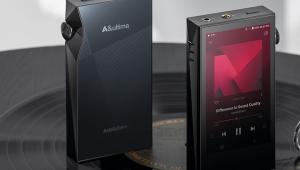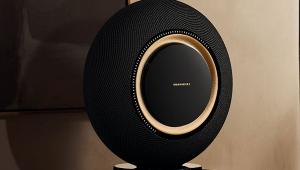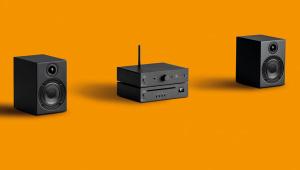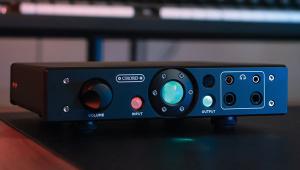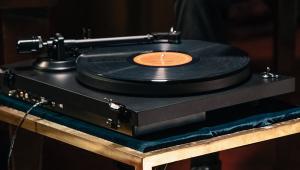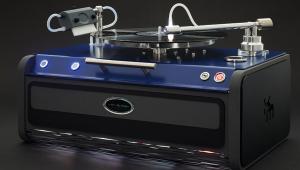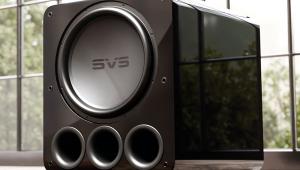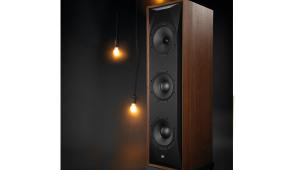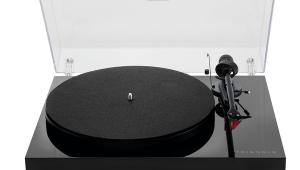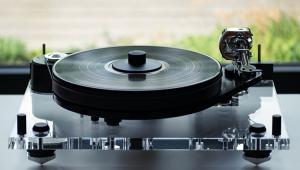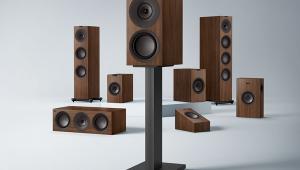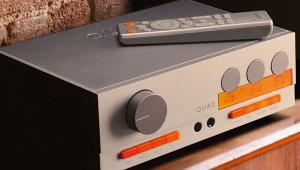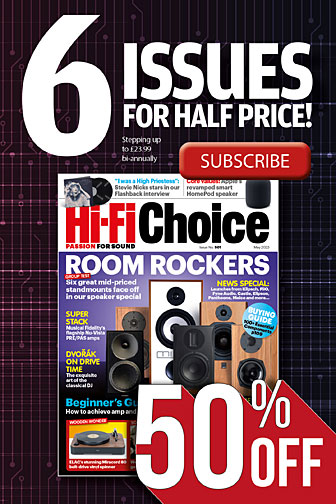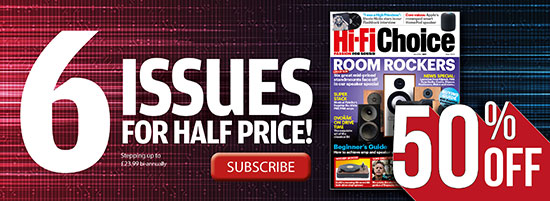Cyrus Classic PHONO
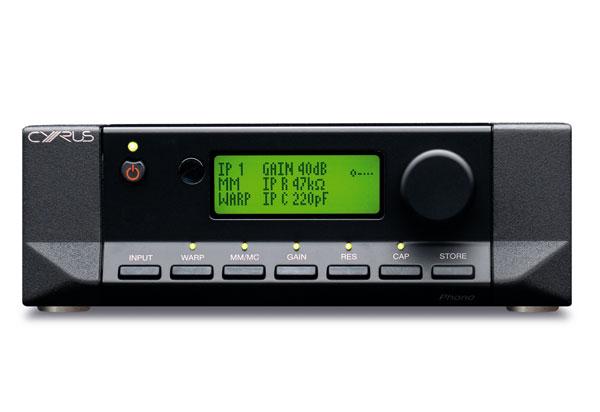
 As part of its range refinement, Cyrus has opted to condense its lineup and one of the products that has been cut as a result is the Phono Signature phono stage; a device I reviewed all the way back in HFC 408 and liked so much, I purchased there and then, and continue to use. The replacement Classic Phono induces more than a little déjà vu upon first glance.
As part of its range refinement, Cyrus has opted to condense its lineup and one of the products that has been cut as a result is the Phono Signature phono stage; a device I reviewed all the way back in HFC 408 and liked so much, I purchased there and then, and continue to use. The replacement Classic Phono induces more than a little déjà vu upon first glance.
This is because its core functionality is exactly the same. This is a moving-magnet and moving-coil phono stage that supports four gain options of 40 through 70dB and has adjustable impedance and capacitance combined with a rumble filter. The range of adjustment should handle all but the most unusual cartridges without issue. The circuit itself uses metalised polyester capacitors in key areas and is powered by a low-noise DC power circuit. In keeping with other Cyrus devices, it can be upgraded by adding the external Cyrus PSX-R2 power supply. About the only feature that isn’t present you could reasonably ask for is a mono setting.
As there are many possible permutations and no physical switches to make them, the Cyrus uses a microprocessor to save your preferences and they are remembered when you switch the Classic Phono back on. The processor can remember more than one set of saved settings and four inputs are fitted to the rear, all of which will remember their preferences. This makes it an ideal choice for those who use more than one turntable on a regular basis – using either RCA or XLR inputs, as the Classic Phono supports both.
The display, while still not a beauty, is clearer and easier to read than before, and the removal of the slightly fussy Signature badge is also a bonus. The same superb system-driving remote is supplied and the fit and finish of the ubiquitous half-width casework is excellent. My own Phono Signature has stood up to eight years of daily use and still works a charm, so the omens are good for long-term reliability here too.
Sound quality
Given how similar the Classic Phono is to its predecessor, it’s not surprising to find most aspects of the performance are also largely identical. Key to what makes it such a spectacular performer is the absolute absence of noise at idle. Connected to a Rega Planar 10 (HFC 456) with an Nd7 MM cart into a Naim Supernait 3 (HFC 456), the phono stage is completely inaudible.
This means that Every Open Eye by Chvrches is delivered in astonishingly vivid manner. Lauren Mayberry is tangibly and compellingly real, presented perfectly over the thundering electronic basslines. The phono stage is extremely even from top to bottom and this absence of midrange emphasis can make it sound a little cool and uninvolving. The reality is that, if there is emotion on the record, the Cyrus will find it along with detail that even similarly priced rivals often struggle with.
Switching to an Rega Apheta 3 (HFC 479) sees the Classic Phono reflect the extra three dimensionality and naturalness of the MC cart. This is not a stage that will flatter poor recordings, which is surprising given the rest of the Cyrus range is much more forgiving. The sheer fluency with which it delivers Talk Talk’s Spirit Of Eden is spellbinding, demonstrating the effortless ability to keep you listening when you should be getting on with something else.
Conclusion
The Classic Phono isn’t terribly different to what’s come before (and if you have a Phono Signature, there is no need to change it), but when the predecessor is as good as the Phono Signature, that isn’t a bad thing. The Classic Phono remains the absolute class of the field under £2,000, able to handle system setups that most rivals can’t get close to matching. ES
DETAILS
Product: Cyrus Classic PHONO
Type: MM/MC phono stage
FEATURES
● Four phono inputs
● Inputs configurable for MM/MC loading
● Outputs: RCA; XLR
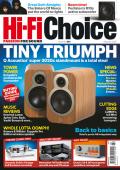 |
Inside this month's issue:
Q Acoustics 3020c standmount loudspeakers, Perlisten R10s active subwoofer, Quad 33 and 303 pre/power amps, Acoustic Solid Vintage Full Exclusive turntable, newcomer Fell Audio Fell Amp and Fell Disc and lots, lots more...
|
